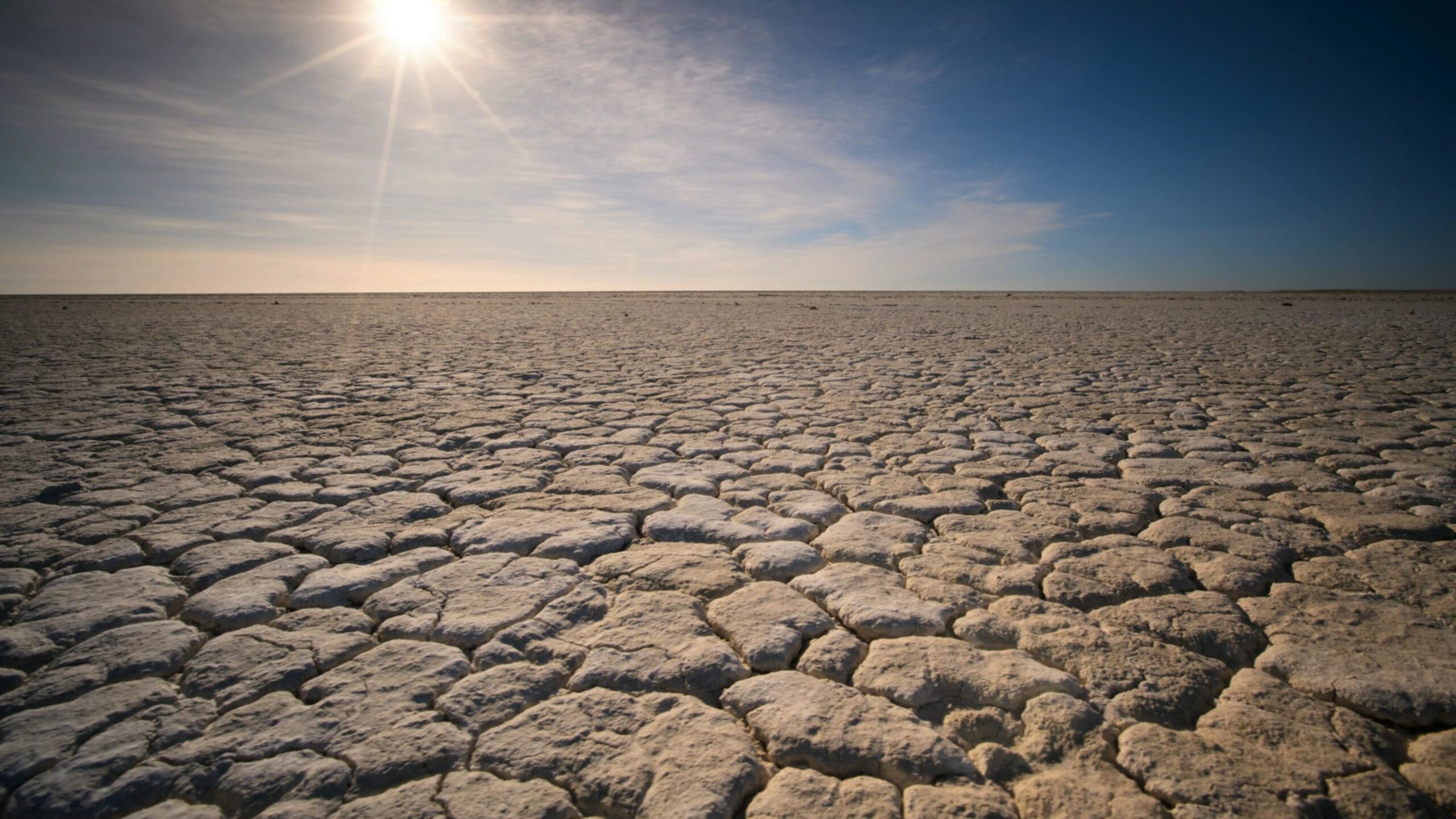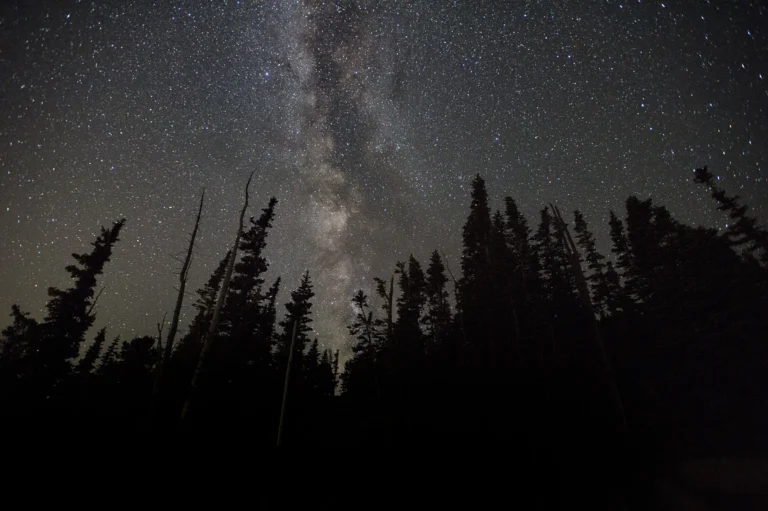
During his presidency and beyond, Donald Trump’s position on climate change has been a source of global consternation and confusion. On one hand, he’s called it a “hoax” perpetrated by the Chinese. On the other, his company has cited rising seas in a permit application for a coastal resort. This article dives into the tangled web of Trump’s climate contradictions, his administration’s actions, and what it all means for the fight against global warming.
What Has Trump Actually Said About Climate Change?
Trump’s most infamous climate comment came in a 2012 tweet, where he claimed: “The concept of global warming was created by and for the Chinese in order to make U.S. manufacturing non-competitive.” He’s since called climate change “mythical”, “nonexistent”, and “an expensive hoax”.
As president in 2018, Trump said: “I don’t know that it’s manmade.” And in 2019 at the UN General Assembly, he mocked climate “alarmists” and said “science shows us climate change is happening and very slowly, very slowly”. He estimated sea levels would rise “one-eighth of an inch within the next 250 years”—a claim many times smaller than scientific projections.
Trump’s rhetoric aligns with a long-running strain of climate change denial that downplays the reality and urgency of the crisis, often with disinformation about the science. It’s a view amplified by conservative media outlets like Fox News and by fossil fuel industry groups seeking to forestall climate action.
How Did the Trump Administration Act on Climate?
Despite Trump’s inconsistent personal statements, his administration’s actions were unambiguously antagonistic to climate action:
- Initiating withdrawal from the Paris Agreement, the landmark global climate accord
- Rolling back Obama-era regulations on power plant emissions, vehicle fuel efficiency, methane leaks, and more
- Opening public lands and waters to expanded oil and gas drilling
- Weakening consideration of climate change in infrastructure permitting
- Proposing drastic budget cuts to climate research and clean energy programs
Essentially, Trump’s agencies worked to systematically dismantle the policy framework for reducing U.S. emissions, while boosting fossil fuels. Several of these rollbacks were challenged in court as legally or scientifically flawed. But they still had a chilling effect on climate momentum.
What Happened to U.S. Emissions Under Trump?
Despite Trump’s regulatory rollbacks, U.S. emissions actually declined during his presidency, falling about 3% from 2016 to 2020. But this was largely due to market forces outside his control: cheap natural gas and renewables outcompeting coal, improvements in energy efficiency, and the economic slowdown during COVID-19.
Emissions started to rebound in 2021 as the economy recovered. Analyses suggest Trump’s policies slowed the pace of emissions reductions compared to what might have been achieved otherwise. By delaying the clean energy transition, they made it harder to get on track for net-zero by 2050.
Globally, emissions continued to rise under Trump, with 2019 hitting an all-time high. While the U.S. is the world’s second-largest emitter, it doesn’t control what other countries do. Still, America’s withdrawal from the Paris Agreement was a major blow to global climate cooperation.
Did Trump Ever Acknowledge Climate Change Impacts?
Ironically, while Trump was publicly dismissing climate change, his businesses were quietly planning for its impacts. In 2016, Trump International Golf Links applied for a permit to build a sea wall at its resort in Ireland, citing risks from “rising sea levels and increased storm frequency and wave energy associated with global warming.”
The application explicitly mentioned “global warming and its effects.” So here was Trump’s company taking the threat of sea-level rise seriously, even as he mocked it on the campaign trail. Critics saw it as a prime example of his climate hypocrisy: denying the science while hedging his assets.
Trump properties in Florida and Hawaii have also been identified as highly vulnerable to sea-level rise and extreme weather. At some point, the mounting physical evidence may force a reckoning between ideology and reality.
What Was the Reaction to Trump’s Climate Stance?
Trump’s climate denial and Paris withdrawal were widely condemned by scientists, world leaders, and advocates as an abdication of responsibility. A group of leading researchers said his views represented “an ignorance of science and an egregious failure of leadership.”
Hundreds of U.S. mayors and governors pledged to uphold the Paris goals despite Trump. Many argued that ceding the clean energy race to China and Europe would ultimately harm American competitiveness. There were concerns that a retreat on climate would erode U.S. standing and influence globally.
Some observers saw a silver lining: Trump’s overt denial helped clarify the urgency of the climate crisis and galvanized new activism. Youth-led movements like the Sunrise Movement and Fridays for Future rose to prominence during his tenure, demanding more ambitious action.
How Did Biden Shift Course on Climate?
Joe Biden campaigned on the most aggressive climate platform of any major-party nominee, in sharp contrast with Trump. As president, he’s sought to reorient the entire federal government around emissions reductions.
Biden rejoined the Paris Agreement on his first day in office. His agencies have worked to restore and strengthen the climate regulations undone by Trump. And the Inflation Reduction Act he signed in 2022 commits $369 billion to clean energy and climate programs over a decade—the largest such investment in U.S. history.
Biden’s rhetoric is also a sea change. He’s called climate change “the existential threat of our time” and pledged to cut U.S. emissions 50-52% below 2005 levels by 2030. While he faces hurdles from the Supreme Court and Republican opposition, the shift from Trump’s denialism is stark.
Is Global Climate Action Inevitable, Regardless of U.S. Leadership?
There’s a case that the global transition to clean energy has its own momentum, as falling costs make renewables and electric vehicles increasingly competitive. In 2020, renewable sources generated nearly 30% of global electricity for the first time. Even some U.S. oil majors are investing in low-carbon technologies.
But this progress is still far too slow to meet the Paris Agreement goals of limiting warming to well below 2°C. Keeping that target viable will require rapid emissions cuts in the next decade, at a pace only achievable with strong policies and public investment. U.S. leadership remains pivotal.
As the world’s largest economy and historically largest emitter, the U.S. has an outsized role in shaping the global response to climate change. When the U.S. is engaged, as it was under Obama and now Biden, it can cajole other nations to step up their ambitions. When it’s absent, as under Trump, it creates a void that others may be unwilling or unable to fill.
Cutting Through the Contradiction
In the end, Trump’s climate contradictions may come down to political expediency. Denying climate change appeals to a base that sees it as a threat to fossil fuel industries and a stalking horse for big government. But planning for climate impacts protects his coastal properties and global brand.
These mixed messages muddy the public debate at a time when clarity is crucial. With each passing year of inaction, the emissions cuts needed to avert catastrophe grow steeper and costlier. Overcoming the misinformation and manufactured doubt sown by figures like Trump is an urgent challenge.
But there’s also an opportunity in calling out the contradictions. If even climate deniers are quietly hedging against warming, it’s a tacit admission of the risks we face. By shining a light on this hypocrisy, advocates can help build the case for action commensurate with the crisis.
Key Takeaways on Trump’s Climate Stance
- Trump has a long record of public statements questioning or denying climate change, calling it a “hoax” or “con job.”
- His administration worked to roll back climate regulations, withdraw from the Paris Agreement, and promote fossil fuels.
- Despite this, U.S. emissions fell during his tenure, largely due to market forces like cheap natural gas—but at a slower pace than climate goals require.
- Trump’s businesses have quietly planned for climate impacts like sea-level rise, even as he dismisses the science—a contradiction his critics see as hypocrisy.
- A second Trump term could further derail U.S. and global climate action, but some believe the clean energy transition now has its own momentum.
- Trump’s stance highlights the challenges of climate misinformation and the urgency of translating scientific reality into policy action before it’s too late.
Ultimately, the atmosphere cares little for political rhetoric. The physics of the climate crisis are playing out in real-time, even as figures like Trump sow doubt and delay. Cutting through that contradiction with clear-eyed realism has never been more vital.






